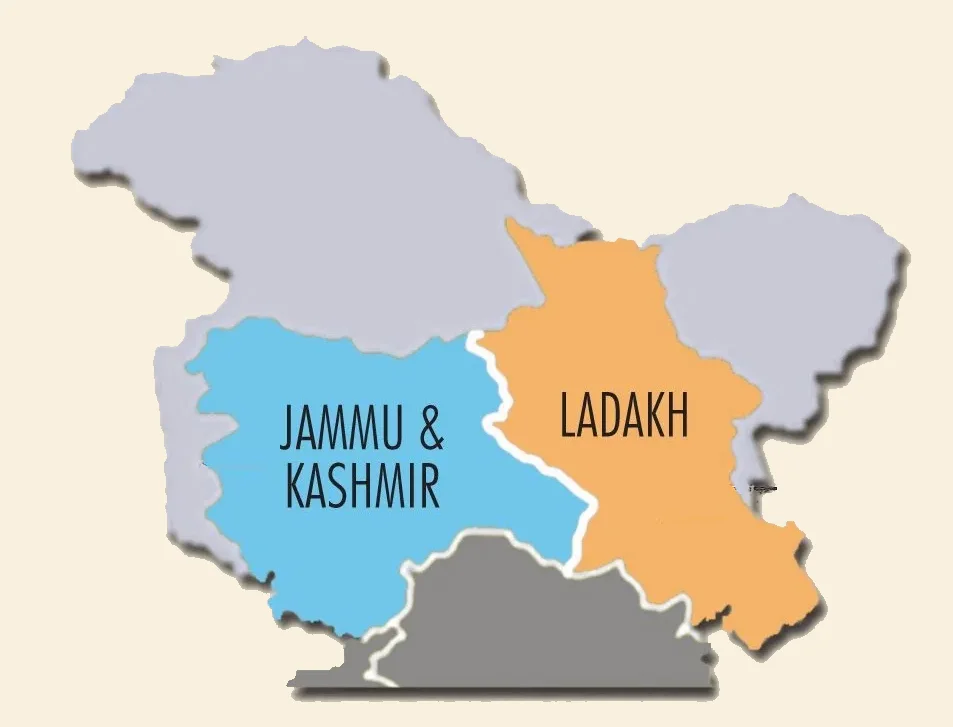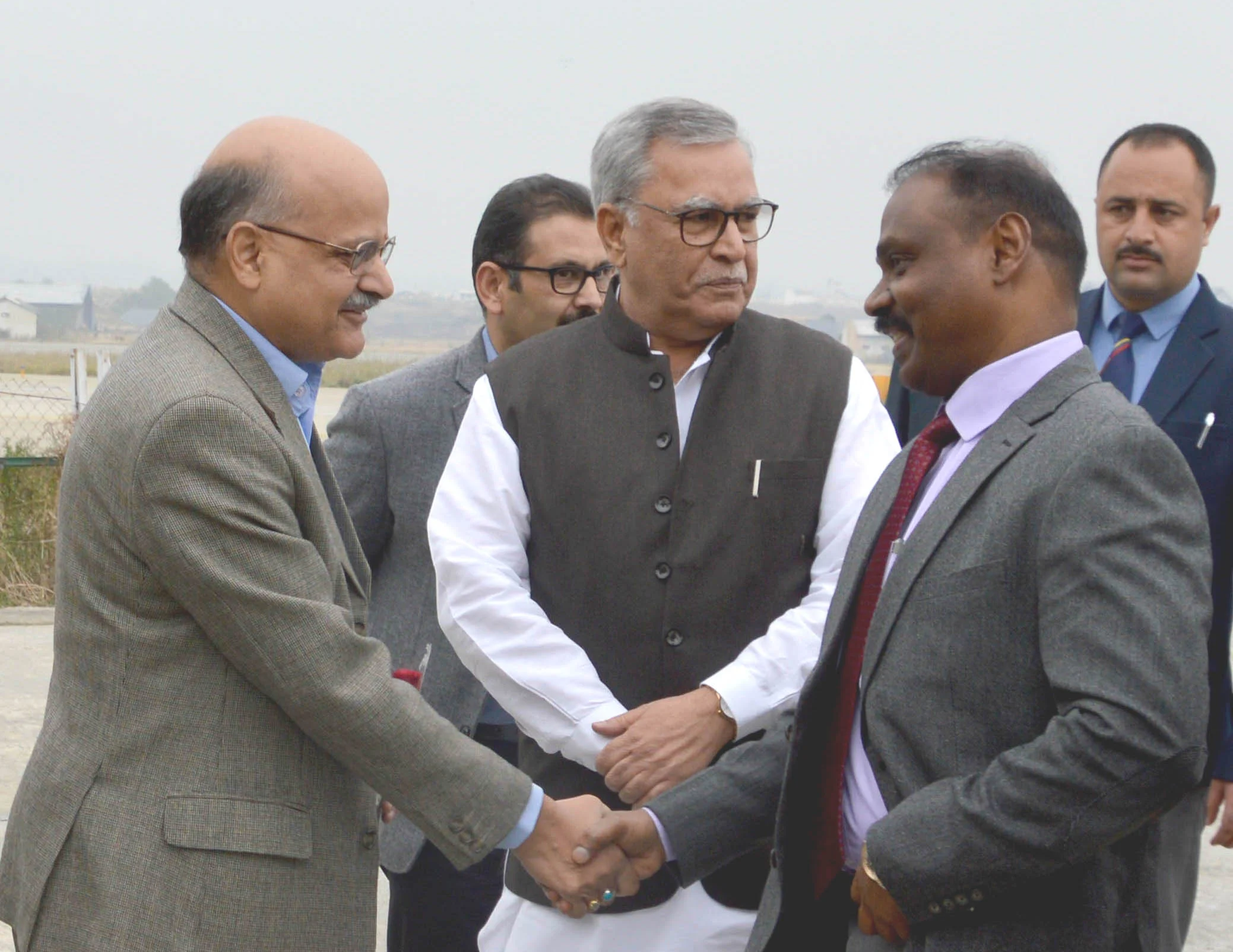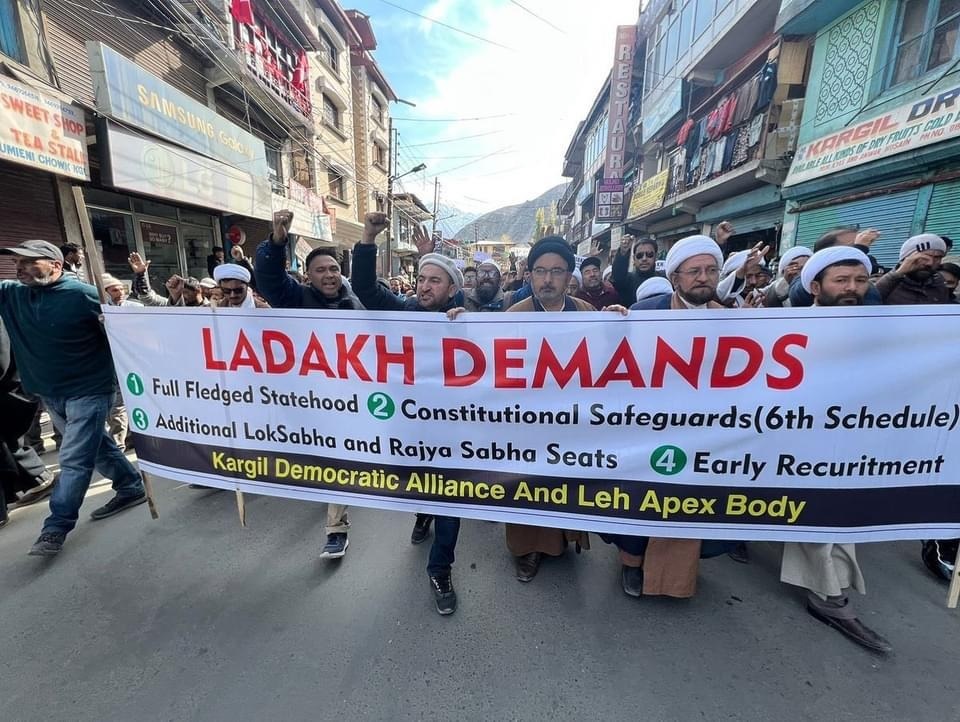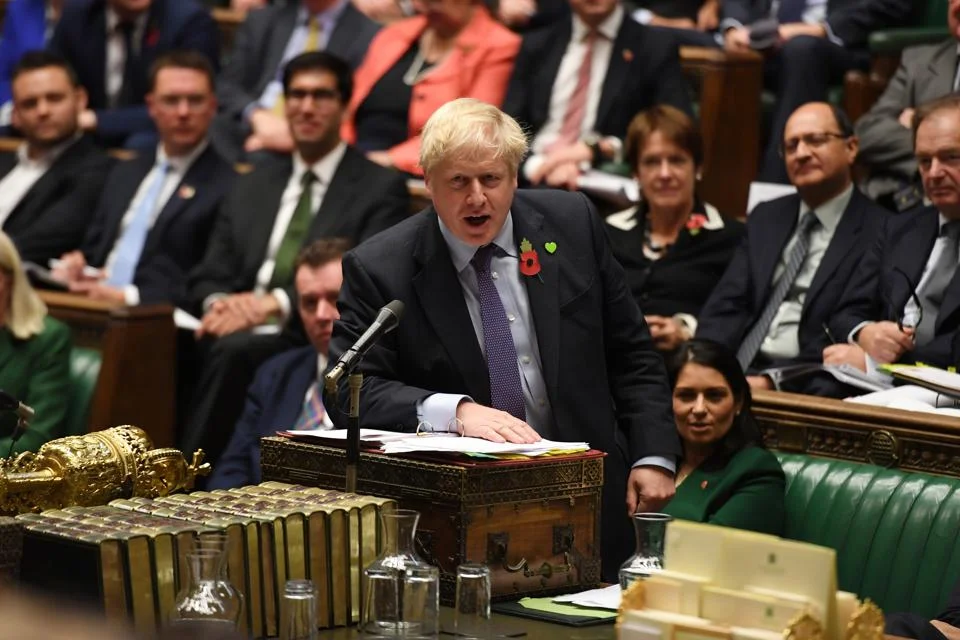
SRINAGAR – With two Lieutenant Governors (LGs), taking an oath of office and secrecy for newly formed two Union Territories today, Jammu and Kashmir will cease to be a state, within Indian union and would be officially split into two union territories.
A new chapter will dawn in the history of erstwhile Jammu and Kashmir State, which has been part of the Union of India since 1947, while getting bifurcated into two Union Territories, with two Lieutenant Governors, one for Jammu and Kashmir and the other for Ladakh.
IAS officers Girish Chandra Murmu and R K Mathur, who have been appointed the new Lieutenant Governors (LG) for the Union territories (UTs) of Jammu and Kashmir, and Ladakh respectively, will be sworn-in at separate functions to be held in Srinagar and Leh on today.

Both Murmu and Mathur will be sworn in by Chief Justice of J&K High Court Justice Gita Mittal.
According to the Jammu and Kashmir Reorganisation Act, 2019, bifurcation of the state has taken effect from today and the two UTs have come into existence in the intervening night of Wednesday and Thursday, nearly three months after the announcement in Rajya Sabha.
This is for the first time that a state is converted into two UTs even though there are numerous example of a UT becoming a full state or a state bifurcating into two states.
The total number of states in the country will be now 28 while the total UTs will go up to seven.
The Narendra Modi government’s decision and subsequent approval of Parliament to abrogate the special status given to Jammu and Kashmir under Article 370 and its bifurcation into two UTs was taken to redraw the map and future of a region at the centre of a protracted militancy movement.
The electoral promise of the BJP to end the special status of Jammu and Kashmir came less than 90 days after the Modi 2.0 government assumed power in May end.
The August 5 decision was taken 72 years after the then ruler of the princely state, Maharaja Hari Singh, executed the Instrument of Accession on October 26, 1947, making it part of the Union of India.
The two UTs will come into existence on the day of the birth anniversary country’s first former Home Minister of India, Sardar Vallabhbhai Patel, who is credited for merger of over 560 states into the Union of India.
October 31 is observed as the National Unity Day and both, Prime Minister Narendar Modi and Home Minister Amit Shah on Thursday will attend separate functions — in Kevadia (Gujarat) and New Delhi respectively.
According to the Act, the UT of Jammu and Kashmir will have a legislature like Puducherry while Ladakh will be a UT without legislature like Chandigarh and both the UTs will be headed by two separate Lieutenant Governors (LGs).
The Centre will be in direct control of the police and the law and order in Jammu and Kashmir from Thursday when it becomes a UT, while the land will be under the elected government there.
The UT of Ladakh will be under the direct control of the central government which will administer the high altitude region through the LG.
While moving the resolution in the Rajya Sabha that Article 370 — which allowed Jammu and Kashmir to have its own Constitution and prohibited outsiders from buying land and property in the state, Shah had said these provisions will no longer be applicable and the central government will restore its statehood at “appropriate time” and after “normalcy” returns.
Soon after the abrogation of the Article 370, several hundred political leaders and separatists were put under detention by the Jammu and Kashmir administration while restrictions were also imposed on movement of people, vehicles, telephone, mobile phones and internet.
While most of the restrictions were removed since then, curb on internet is still continuing and situation in the Kashmir Valley is yet to return to normalcy.
Among those put under detention include three former chief ministers — Farooq Abdullah, Omar Abdullah and Mehbooba Mufti.
The Jammu and Kashmir Reorganisation Act, 2019 says that the all India Services like the Indian Administrative Service (IAS) and the Indian Police Service (IPS), of J-K cadre will continue to serve in the two succeeding UTs while new recruits of these services will be allocated in the Arunachal, Goa, Mizoram Union Territory (AGMUT) cadre.
The provincial service officers will continue serving in their current positions till a new order is issued by the Lt Governors for the two new UTs of Jammu and Kashmir and Ladakh.
The IAS, IPS and other central service officers and the Anti-Corruption Bureau (ACB) will be under the control of the LG and not the elected government of the UT of Jammu and Kashmir.
Mehbooba was the last chief minister of undivided Jammu and Kashmir whose tenure ended in June 2017 when central rule was imposed there after her coalition partner BJP withdrew support. Satya Pal Malik was the last governor, whose tenure came to an end Yesterday. He has been transferred and appointed as Governor of Goa.
Follow this link to join our WhatsApp group: Join Now
Be Part of Quality Journalism |
Quality journalism takes a lot of time, money and hard work to produce and despite all the hardships we still do it. Our reporters and editors are working overtime in Kashmir and beyond to cover what you care about, break big stories, and expose injustices that can change lives. Today more people are reading Kashmir Observer than ever, but only a handful are paying while advertising revenues are falling fast. |
| ACT NOW |
| MONTHLY | Rs 100 | |
| YEARLY | Rs 1000 | |
| LIFETIME | Rs 10000 | |











